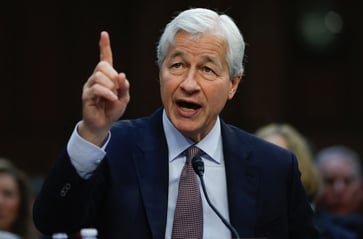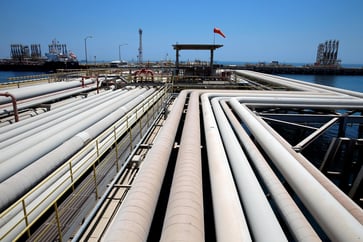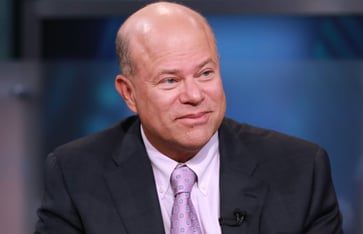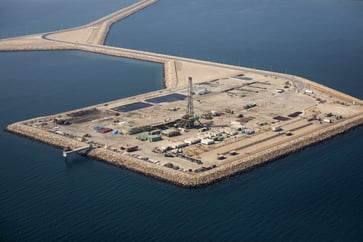The price of U.S. crude oil reaches a three-week peak due to the escalating tension between Israel and Iran.

- As an expected attack by Iran on Israel has not occurred, the U.S. crude oil benchmark has slightly relaxed.
- The market is being affected by worries about the intensity of global oil demand.

On Tuesday, U.S. crude oil prices were near a three-week high, following a rise on Monday in expectation of an Iranian attack on Israel that could disrupt Mideast oil production and shipping.
According to Henning Gloystein, head of energy at the Eurasia Group, the oil market is worried that a broader conflict between Israel and Iran could lead to oil supply disruptions in and around the Strait of Hormuz, which is responsible for shipping about 20% of the world's seaborne crude supply.
Here are Tuesday's energy prices:
- The September contract price for crude oil is $79.68 per barrel, which represents a 38 cent decrease or 0.47% drop. To date in the year, U.S. crude oil has experienced a 11.2% increase.
- The October contract price per barrel is $81.85, a decrease of 45 cents or 0.55%, while the global benchmark is leading 6.3% year to date.
- The price of gasoline in September is $2.42 per gallon, which is a decrease of more than 1 cent or 0.63%. Despite this, gasoline prices have increased by 15.5% year to date.
- The September contract price for natural gas is $2.20 per thousand cubic feet, which represents an increase of over 1 cent or 0.91%. Despite this, gas prices have decreased by 12% year to date.
Gloystein wrote that these low-probability events explain the modest increase in prices. However, prices eased slightly on Tuesday due to the absence of a strike by Iran.
The market was weighed down by concerns after the International Energy Agency forecasted a crude oil surplus next year, even if OPEC maintains production cuts, due to output in Brazil, Canada, Guyana, and the U.S.
This year, OPEC reduced its demand growth forecast by 135,000 barrels per day due to China's softness.
According to Rob Ginsberg, managing director at Wolfe Research, U.S. crude may surpass the resistance level of $84 per barrel, and it's not unreasonable to expect it to reach mid to high $90s once it breaks free.
Markets
You might also like
- Japan's stocks are declining following Shigeru Ishiba's victory.
- The last trading session of September in Europe is expected to begin with a decline.
- Major cities in China ease homebuying restrictions, prompting a rally in property stocks.
- Japan's Nikkei drops by 3%, while Australia reaches a new record high, as investors anticipate the release of China's data.
- Blockchain technology could revolutionize the ETF industry by enabling the use of treasurys as assets.



















